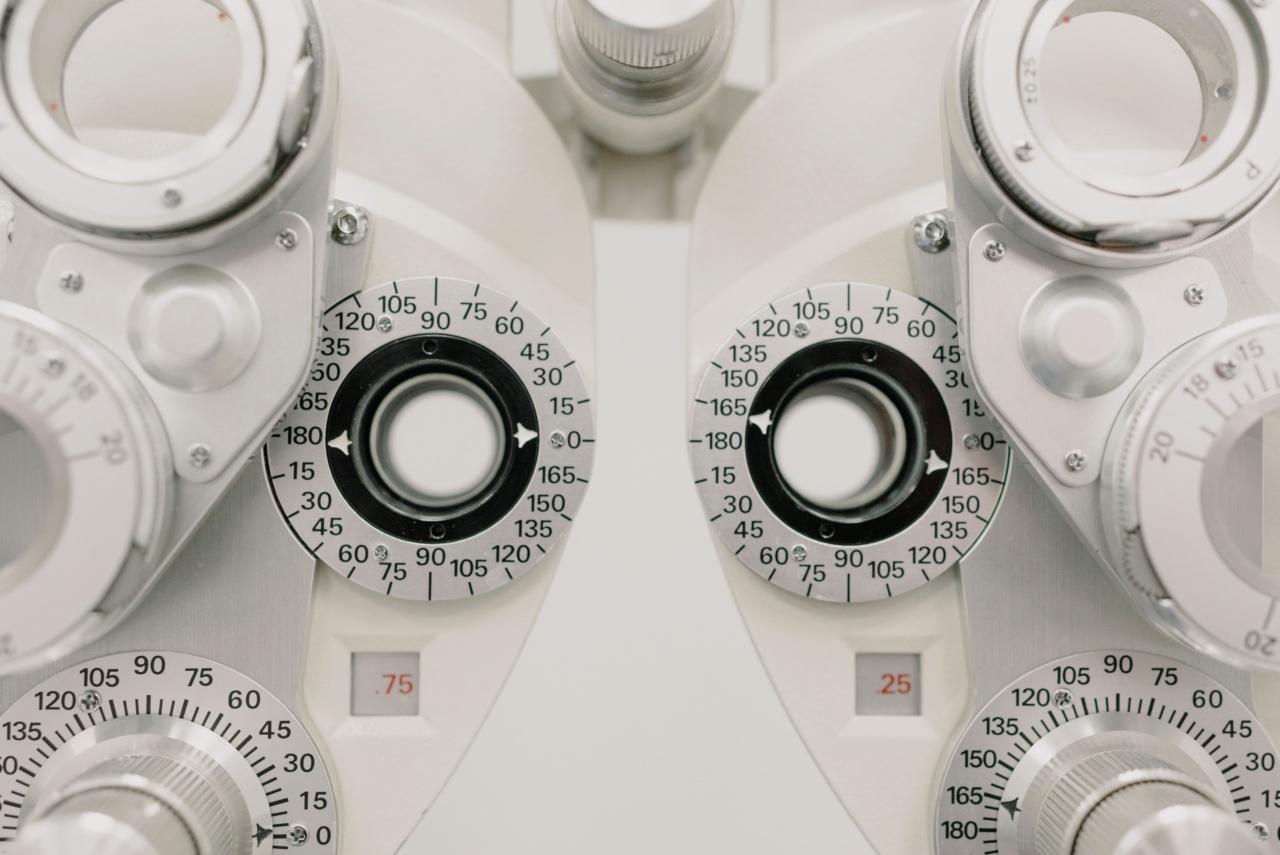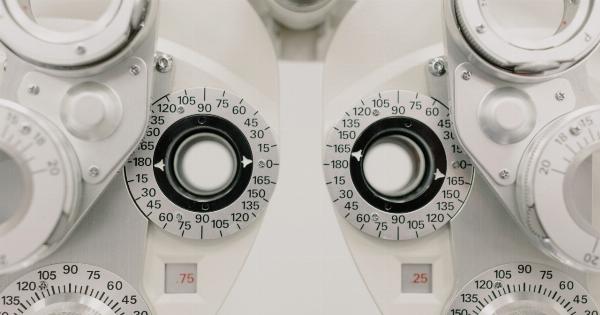Lung cancer is the leading cause of cancer deaths worldwide with more than 2 million new cases being diagnosed every year.
One of the biggest challenges in the treatment of lung cancer is early diagnosis, as it allows for more effective treatment options to be pursued. A new diagnostic method has been developed that has 97% accuracy in detecting early-stage lung cancer, and it promises to revolutionize the way in which lung cancer is diagnosed.
Current diagnostic methods for lung cancer
The current diagnostic methods for lung cancer include chest x-rays, CT scans, and biopsies. While these methods can be effective in detecting lung cancer in its later stages, they are less effective in detecting it in its early stages.
This is where the new diagnostic method comes in.
How the new diagnostic method works
The new diagnostic method is based on a blood test that detects the DNA in the bloodstream of individuals who are at a high risk of developing lung cancer.
This method is capable of detecting early-stage lung cancer with high accuracy, which can greatly improve the chances of successful treatment and recovery.
The test works by detecting the presence of circulating tumor DNA (ctDNA) in the bloodstream. ctDNA is released by tumors and is a small fragment of the tumor’s DNA that is shed into the bloodstream.
By detecting this ctDNA, the test can detect the presence of early-stage lung cancer.
Advantages of the new diagnostic method
The new diagnostic method has several advantages over current methods:.
- Non-invasive: The test is non-invasive, meaning that it is easy to administer and does not require any surgery or biopsy.
- Early detection: The test can detect early-stage lung cancer, which allows for more effective treatment options to be pursued.
- Accuracy: The test has a 97% accuracy rate in detecting early-stage lung cancer.
- Cost-effective: The test is cost-effective, which means that it can be administered to a larger population at a lower cost.
Implications for lung cancer treatment and prevention
The new diagnostic method has the potential to greatly improve the treatment and prevention of lung cancer.
By detecting lung cancer at an earlier stage, more effective treatment options can be pursued, which can greatly improve the chances of successful treatment and recovery.
In addition, the test can be used to screen individuals who are at a high risk of developing lung cancer, such as smokers and individuals with a family history of lung cancer.
By screening these individuals, lung cancer can be detected at an earlier stage, which can prevent the development of the disease and improve overall survival rates.
Challenges of the new diagnostic method
While the new diagnostic method has several advantages, it also has some challenges that need to be addressed:.
- False positives: The test can sometimes produce false positives, which means that individuals may be diagnosed with lung cancer even though they do not have the disease. This can lead to unnecessary treatment and anxiety.
- Cost: While the test is cost-effective, it may still be too expensive for some individuals, especially those who do not have access to healthcare or who cannot afford the test.
- Availability: The test may not be widely available in all areas, which means that some individuals may not have access to the test.
Conclusion
The new diagnostic method for lung cancer has the potential to revolutionize the way in which lung cancer is diagnosed and treated.
By detecting early-stage lung cancer with high accuracy, more effective treatment options can be pursued, which can greatly improve the chances of successful treatment and recovery. While the test has some challenges that need to be addressed, its benefits far outweigh its limitations, and it has the potential to save many lives.



























